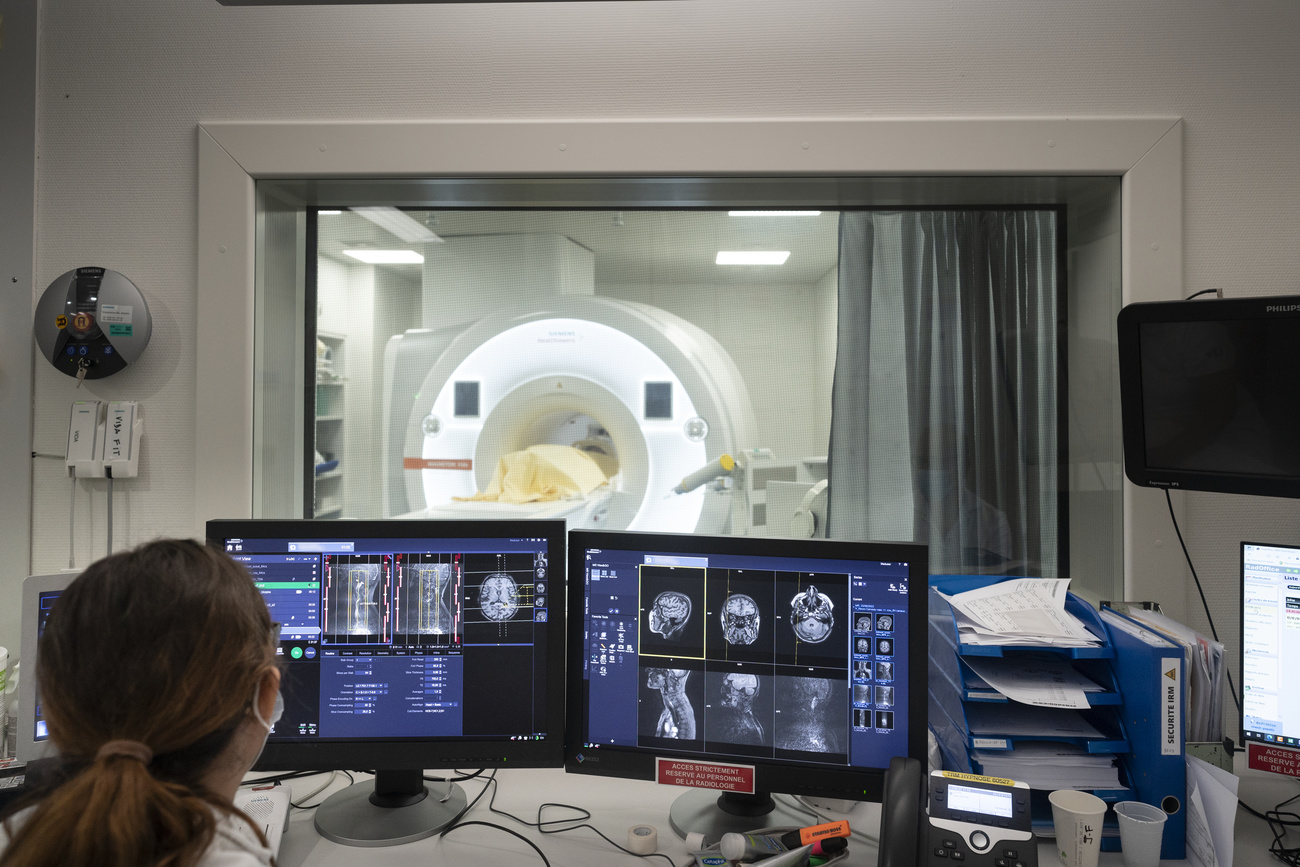
Room-temperature superconductors: is there hope amid the hype?

The hunt for materials that function as superconductors at room temperature has never been more intense. Dirk van der Marel, a physicist in Switzerland who has debunked many potential superconductor discoveries, explains where we stand in the search for the “holy grail” of physics.
The conflict at the heart of the 2009 film Avatar centres on the floating mountains of Pandora, which contain “unobtanium”, a highly valuable room-temperature superconductor.
Though fictional, the film depicts physicists’ search for a material that can act as a superconductor at room temperature and that would, in theory, provide a never-ending supply of energy.
Such a superconductor could lead to breakthroughs in medical imaging, levitating trains, electric vehicles and quantum computing, among many other applications.
Unlike traditional materials such as gold or platinum, superconductors can carry electrical currents with zero resistance, meaning that no energy is lost as heat. So far, all superconducting materials identified by scientists have exhibited these properties only at extremely cold temperatures and at ultrahigh pressure. This severely limits their applications.
In July, South Korean researchersExternal link’ claim that they had created a room-temperature superconductor called LK-99 attracted worldwide attention. (LK-99 was a polycrystalline material made out of copper, lead, oxygen and phosphorus). But in mid-August, the journal Nature reported thatExternal link scientists had debunked LK-99 as a room-temperature superconductor. Last week, Nature also retracted a paper claiming the discovery of a room-temperature superconductor, following a similar retraction in 2022.
Most famous failure-of-proof room-temperature superconductivity discoveries in history
| Year | Authors | Result |
| 1987 | Oguishi et al. from Japan | Unconfirmed |
| 2003 | Johan Prins from US | Unconfirmed |
| 2012 | Scheike et al. from Germany | Unconfirmed |
| 2018 | Kumar et al. from India | Data called into question |
| 2020 | Dias et al. from US | Retracted |
| 2023 | Dias et al. from US | Retracted |
| 2023 | Korean team | Unconfirmed |
Dirk van der Marel, a professor emeritus of physics at the University of Geneva, was one of the leading scientists who questioned the research behind the paper retracted by Nature in 2022. The Geneva-based physicist spoke to SWI swissinfo.ch about how to differentiate hype from hope in the race for a room-temperature superconductor.
SWI: Why did LK-99 dominate the media headlines and generate so much excitement?
Dirk van der Marel: I think that the extraordinary claim made by scientists in South Korea met the public`s expectations for another new technology after ChatGPT.
SWI: What did the Swiss physics community make of the discovery of LK-99?
D.v.d.M.: We immediately cast doubt on their discovery when we heard about it, and there was even an unspoken consensus in the Swiss physics community that we wouldn’t waste time looking into the details or trying to replicate LK-99, despite several replication attempts worldwide. This was because the theoretical explanations of the possible mechanisms of superconductivity in LK-99 were incomplete in their scientific manuscript – I am sorry to say, it cannot even be called a paper.
The South Korean research team uploaded their discovery to the arXiv website, which serves as an open-access repository. But it’s not a good sign when a preprint that hasn’t been peer-reviewed gets such enthusiastic attention from the academic community and the public. Because peer review is like an intellectual gatekeeper, a very important process for validating academic work, necessarily filtering out invalid or poor-quality articles. Despite flaws and criticism, it is still considered the gold standard for scientific credibility.
SWI: Let’s say an actual discovery is made. What would our life with room-temperature superconductors look like?
D.v.d.M.: Take myself as an example: I came here today in an electric car, which is already quite energy efficient. But room-temperature superconductors could usher in a new era for electric vehicles, with faster charging times, longer driving ranges, more powerful motors, and the potential for a wider societal shift towards cleaner transport.
In view of the recent significant increase in electricity prices in Switzerland, the electricity bills I pay would be cheaper thanks to the more efficient electricity grid and the reduction of electricity losses in transport and distribution.
When it comes to my research work, the discovery of a superconductor would also enable more powerful particle accelerators and advance nuclear fusion experiments.
SWI: What major obstacles would we have to overcome to make room-temperature superconductors widely applied?
D.v.d.M.: It`s very important to note that the realisation of a promising future depends on whether we can solve the associated problems in terms of constraints in materials engineering or applicability.
Unlike gold or silver, a room-temperature superconducting material is extremely brittle to work with. One of the most obvious applications is the energy grid. A superconducting material used in the energy grid would have to be mass-produced and able to withstand weathering and corrosion to be useful, since most transmission lines are out in the open and exposed to the elements.
Another prerequisite that cannot be ignored is whether the room-temperature superconducting material can be economically mass-produced. We are not going to make a car out of gold, are we?
There`s no doubt that we have a very long way to go.
SWI: Amid the global race to discover materials showing superconductivity at room temperature, we haven’t heard news of significant progress in the field from Switzerland. Why is that?
D.v.d.M.: For researchers, being quiet and discreet does not mean doing nothing. As far as I know, there are at least three Swiss research groups working on the development of superconducting materials. They are just not constantly talking to the press and creating unrealistic expectations.
What is truly interesting in the scientific world is to create something completely different from what the scientific community expects.
In this sense, the most important discovery in superconductivity was made in Switzerland. In 1986, Swiss physicist K. Alex Müller and his colleague at the IBM Zurich Research Laboratory, German physicist Georg Bednorz, discovered high-temperature superconductivity in ceramics for the first time. They had an extremely original idea that went completely against established theory. In other words, they created their own theoretical idea, formulated in their own way, systematically going through different materials that nobody else thought could ever become superconductors. This was the start of an explosive development that has since seen hundreds of laboratories around the world working on similar material.
(Edited by Sabrina Weiss/Veronica DeVore)

In compliance with the JTI standards
More: SWI swissinfo.ch certified by the Journalism Trust Initiative
































You can find an overview of ongoing debates with our journalists here . Please join us!
If you want to start a conversation about a topic raised in this article or want to report factual errors, email us at english@swissinfo.ch.